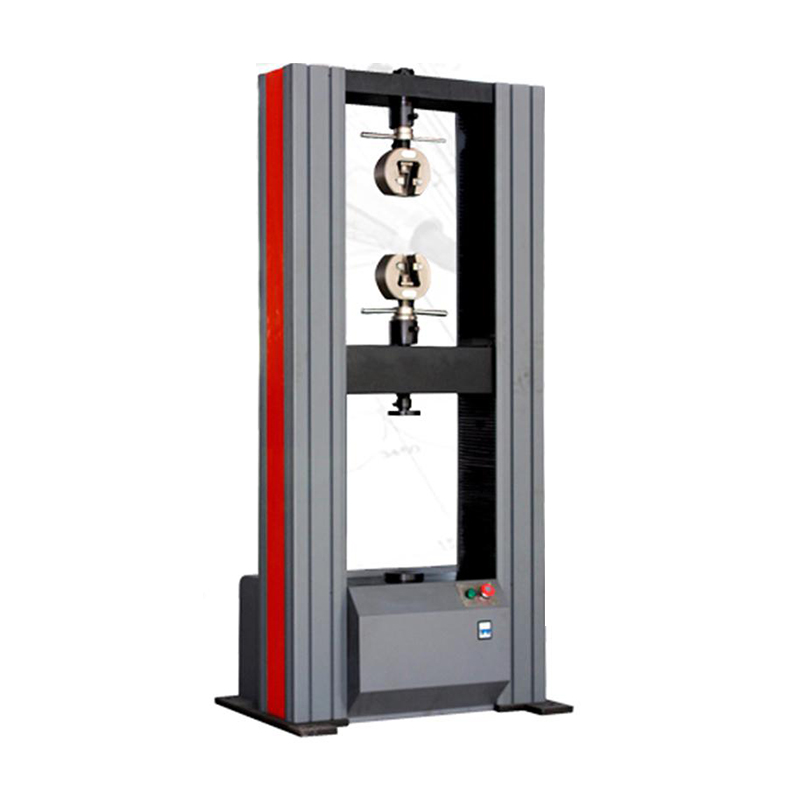conductor resistance constant temperature tester factory
Understanding Conductor Resistance Constant Temperature Testers An Overview of Factory Standards
In the realm of electrical engineering, ensuring the reliability and efficiency of conductors is paramount. One of the critical aspects of this reliability is the measurement of conductor resistance. This is where the Conductor Resistance Constant Temperature Tester comes into play. Factories and laboratories employ these sophisticated instruments to assess the electrical characteristics of conductors under controlled temperature conditions, ensuring accuracy and compliance with industry standards.
What is Conductor Resistance?
Conductor resistance refers to the opposition that a material offers against the flow of electric current. This characteristic is intrinsic to the material and varies with temperature; thus, precise measurements are crucial for various applications, including power distribution, telecommunications, and electronic devices. Understanding the resistance of a conductor helps in predicting how efficiently it will conduct electricity and aids in the identification of potential failures in electrical systems.
Why Constant Temperature is Important?
Temperature fluctuations can significantly impact the resistance of a conductor, with higher temperatures typically leading to increased resistance. To obtain accurate resistance measurements, it is essential to conduct testing at a constant temperature. By maintaining a stable thermal environment, engineers can eliminate temperature variability as a factor, allowing for precise readings that reflect the conductor's true resistance. This is achieved using the Conductor Resistance Constant Temperature Tester, which rigorously controls and monitors temperature conditions during testing.
Features of Constant Temperature Testers
A modern Conductor Resistance Constant Temperature Tester is equipped with various features to enhance its effectiveness
. These includeconductor resistance constant temperature tester factory

1. Temperature Control System Advanced testers utilize a built-in system to maintain a constant temperature throughout the testing process. This can be achieved through cooling or heating elements that automatically adjust to counteract any external temperature changes.
2. High Precision Measurement These testers often employ four-wire measurement techniques to eliminate the effects of lead resistance, thus providing highly accurate resistance readings.
3. Data Logging and Analysis Many testers come with digital interfaces that allow for data logging and easy analysis. This feature enables engineers to record measurements over time, track performance, and identify trends that may indicate potential issues.
4. User-Friendly Interface With intuitive designs, these testers can be operated easily, allowing technicians to set parameters, initiate testing, and review results with minimal training.
Factory Standards and Compliance
To ensure global compatibility and safety, Conductor Resistance Constant Temperature Testers must comply with established industrial standards. Organizations such as the International Electrotechnical Commission (IEC) and the American National Standards Institute (ANSI) outline guidelines that these devices must meet. Compliance not only guarantees accuracy but also fosters trust in the results obtained from these testers. Factories are responsible for routinely calibrating their equipment and adhering to these standards to maintain the integrity of their testing processes.
Conclusion
In conclusion, the Conductor Resistance Constant Temperature Tester is an indispensable tool in the electrical engineering field. It provides accurate, reliable measurements that are crucial for evaluating conductor performance and ensuring system integrity. As industries increasingly rely on precise electrical measurements, the importance of maintaining constant temperature during testing cannot be overstated. By adhering to established factory standards and utilizing advanced testing technology, engineers can optimize electrical systems, enhance safety, and drive innovation in the ever-evolving landscape of electrical engineering.
-
Why the Conductor Resistance Constant Temperature Measurement Machine Redefines Precision
NewsJun.20,2025
-
Reliable Testing Starts Here: Why the High Insulation Resistance Measuring Instrument Is a Must-Have
NewsJun.20,2025
-
Flexible Cable Flexing Test Equipment: The Precision Standard for Cable Durability and Performance Testing
NewsJun.20,2025
-
Digital Measurement Projector: Precision Visualization for Modern Manufacturing
NewsJun.20,2025
-
Computer Control Electronic Tensile Tester: Precision and Power for the Modern Metal Industry
NewsJun.20,2025
-
Cable Spark Tester: Your Ultimate Insulation Assurance for Wire and Cable Testing
NewsJun.20,2025
 Copyright © 2025 Hebei Fangyuan Instrument & Equipment Co.,Ltd. All Rights Reserved. Sitemap | Privacy Policy
Copyright © 2025 Hebei Fangyuan Instrument & Equipment Co.,Ltd. All Rights Reserved. Sitemap | Privacy Policy
